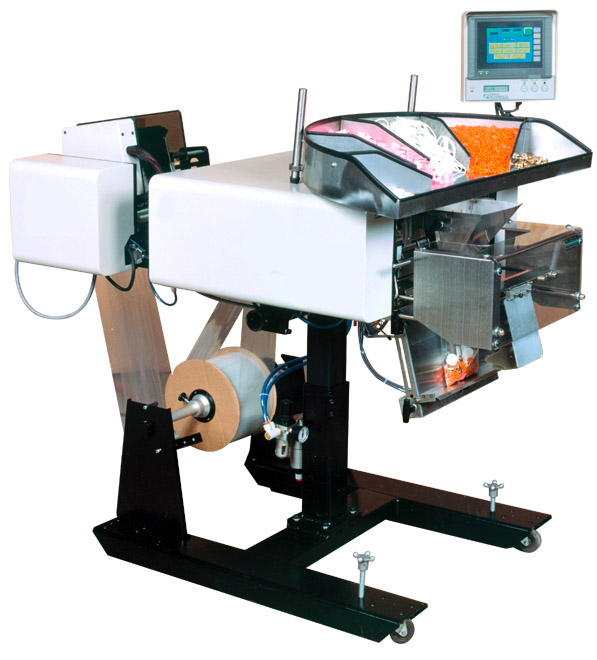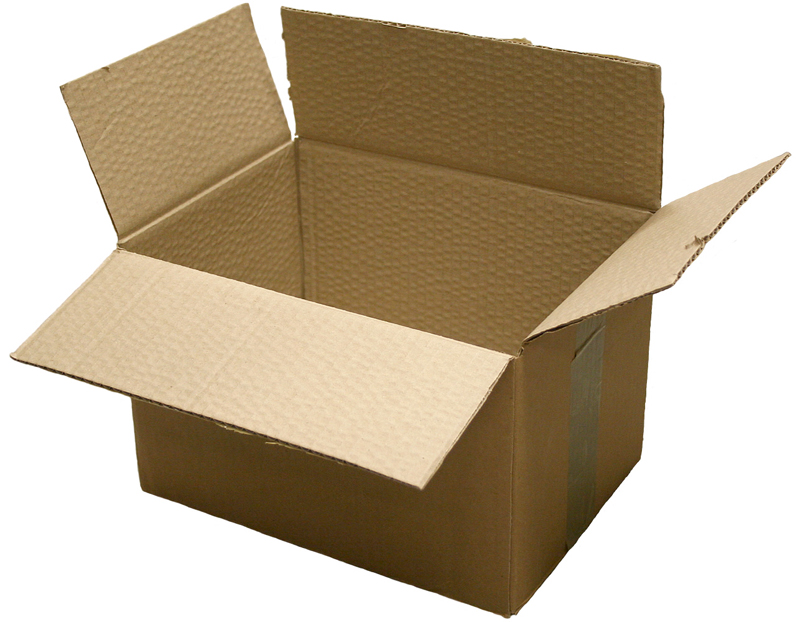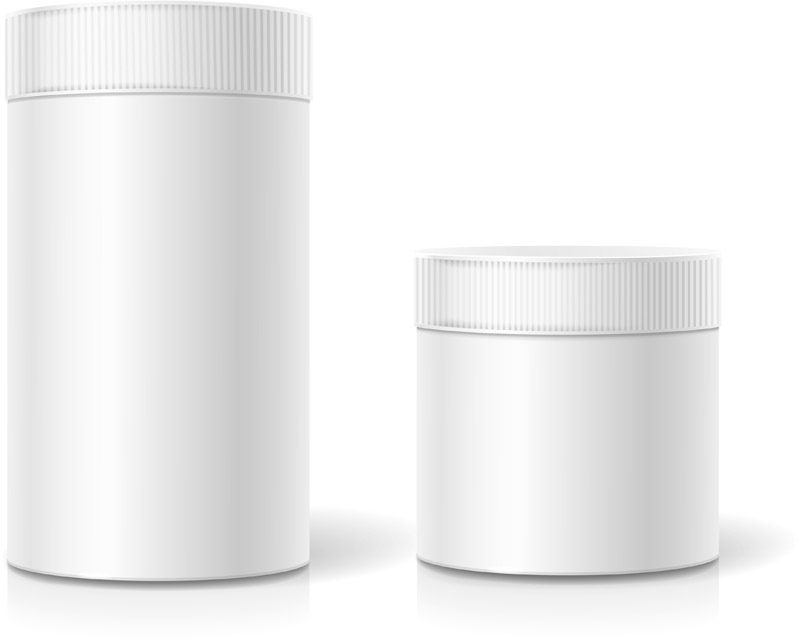Packaging multiple products for sale via e-commerce or retail sales can take some planning and sourcing to be sure the chosen option will protect products, travel efficiently, and display items aesthetically to consumers. This post will discuss various options when searching for multi-packaging solutions.
Multi-packaging can range from small individual candies contained together to large personal products pre-packaged and then bundled together. Correctly enclosing or unitizing multiple products can save on transportation and help protect products.
Bagging – Bagging can often be a low-cost and efficient multi-packaging solution. Anything from small candies to powders can be bagged efficiently with a suitable bagging machine.
Poly bags are commonly used in auto-bagging solutions. Many auto baggers require bags on a roll to run correctly. Selecting the right bag for the products being packaged is essential. Consumable products will need an FDA-approved material and often an oxygen barrier. In addition to the correct bag, branding is often crucial. Clear bags are great for holding pieces together within a package, but branded and labeled bags are used when the bag is showing on the exterior. In addition to branding, printed instructions, quantities, and recycling options may need to be displayed on the bags.
Boxes – Corrugated boxes can be made for lighter or heavy multi-packaging options. For master pack containers, boxes are the most widely used packaging material. Stores and retail distribution often receive items in larger case packs. These larger case packs are almost always in a corrugated container. The container is opened, and the individual products are placed on store shelves for purchase.
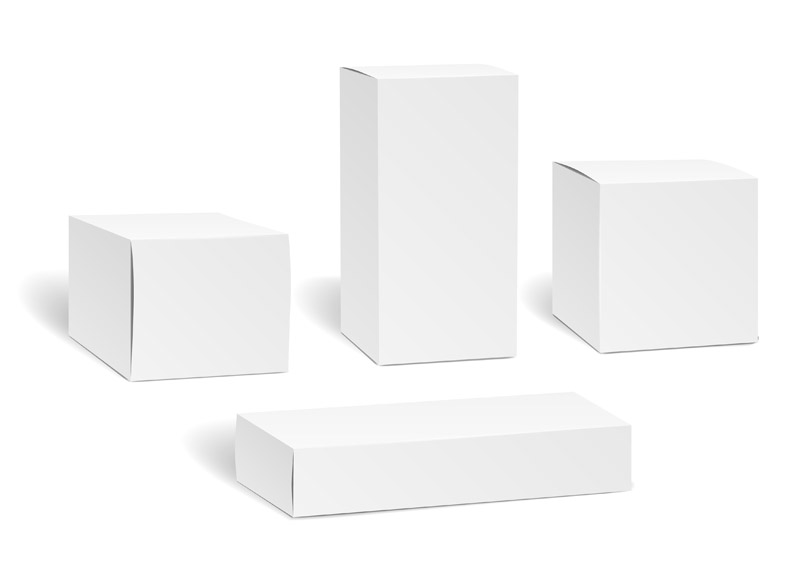
Chipboard Cartons – Using lower-quality paperboard and recycled materials helps to lower the cost of chipboard cartons. They will not handle large and heavy items, but they are an affordable and sustainable option for multi-packaging smaller items in one container.

Blister Packaging – With a mold, a preformed plastic shape can hold multiple products in place. A commonly used example would be blister packages for medicine. Numerous tablets are packaged using blister packaging and then placed into a small printed carton for sale.
Once the mold is created, the backing can vary depending on the need. Standard and cost-effective is using a paperboard backer with the blister shell. Backers with aluminum found on pills use the oxygen barrier properties of the foil to package and store the pills. Consider where the blister pack will be when reaching the consumer before deciding on a backing. If hanging on display, the backer may require a hanger hole.
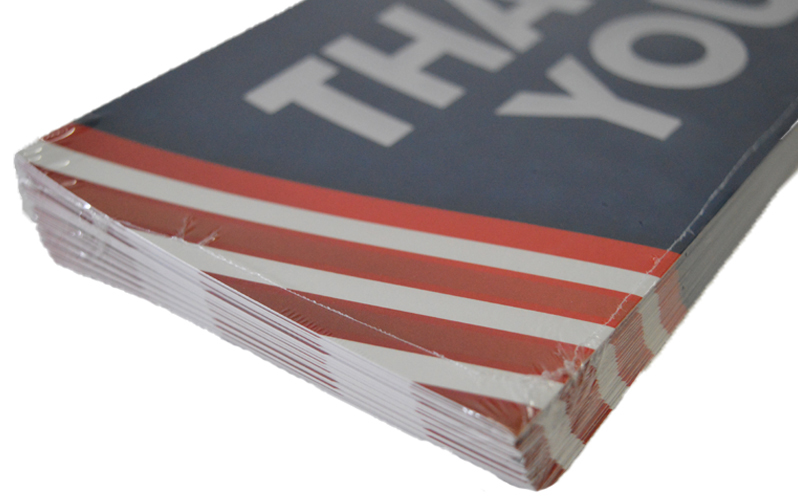
Shrink Wrapping – Using a flexible packaging film, shrink wrapping can combine multiple products into one package. Shrink banding can be used to hold products together or fully enclosing products within a shrink wrap can also be cost-effective with minimal start-up fees.
Shrink wrapping does have limitations for multi-packaging products. Depending on the required arrangements, there are times when a shrinking film will not work with multiple products. This packaging method shines for multi-product packaging with stacks of smaller uniform products.
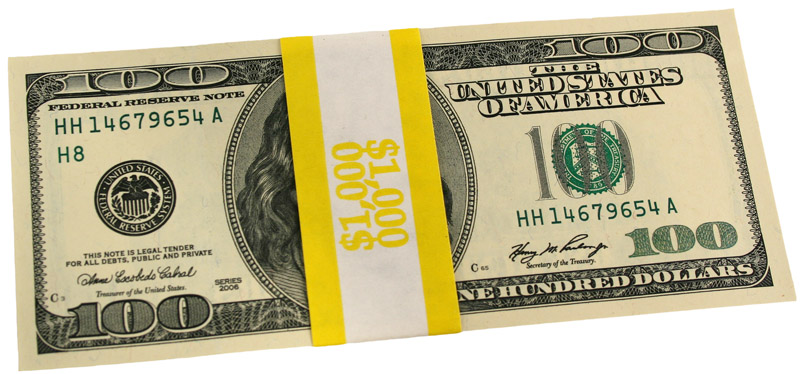
Banding/Strapping – Paper, poly, or metal banding can take multiple products and hold them together. Paper banding is used for light stacks of products such as money. Polypropylene banding can contain multiple products or boxes together for transport or storage. Metal banding is heavier-duty and used with large or bulky products.
Jars/Containers/Cans – Depending on the need, jars and containers can be made from numerous materials with multiple opening options. They can be an excellent option for limiting light within the container if the product requires it. Stock containers come in many different sizes and shapes.
Labeling for containers can be done with shrink sleeves or adhesive labels. Multi-packing small items with a rigid container can prevent spills and contamination. If using a rigid container, we advise a safety seal over the lid to ensure the package has not been tampered with before reaching the consumer.
Conclusion
Packaging products in multi-packs can be a cost-effective and convenient way to offer various quantities of items to consumers or store items for future transport. These are just a few examples of multi-packaging options for multiple types and sizes of products. The choice of packaging will depend on factors like the nature of the product, marketing strategy, and consumer preferences. For more product packaging information, call 1-800-441-5090 or shop online at uspackagingandwrapping.com.

